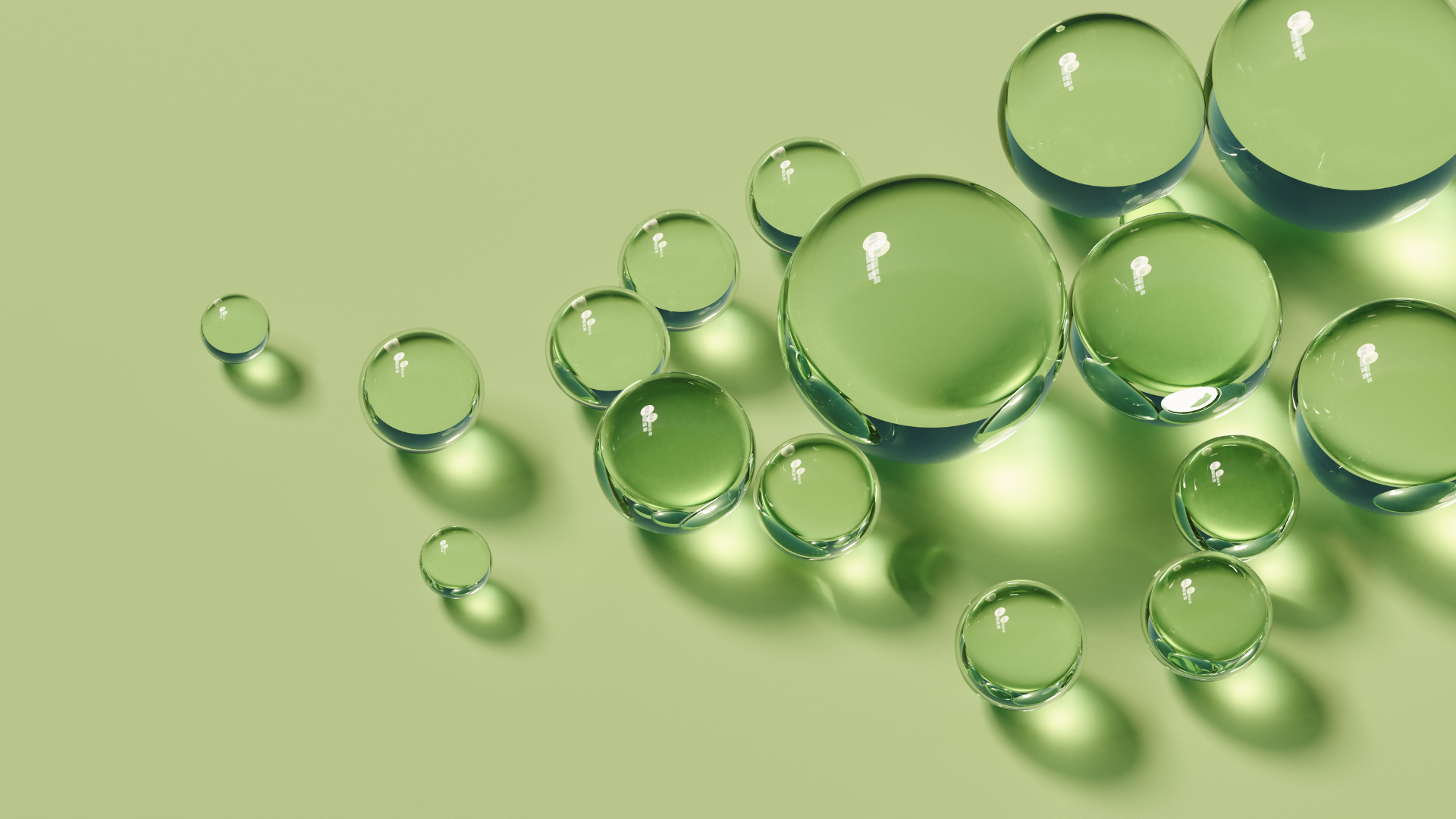The 2025 Nobel Prize in Chemistry has been awarded to Susumu Kitagawa, Richard Robson, and Omar Yaghi for developing metal-organic frameworks (MOFs) which are extremely porous molecular constructions. This is considered to be the most versatile class of materials invented in modern chemistry. MOFs can harvest water from desert air, capture carbon dioxide, store toxic gases, or catalyse chemical reactions. That's how big an expanse these can store within themselves.
As with every scientific discovery, this too began with a deceptively simple question: What happens when you use the natural attraction of atoms to build enormous crystal structures full of empty space?
The Skeletal Diamond
In 1989, Richard Robson combined positively charged copper ions with a four-armed molecule that had chemical groups attracted to copper ions at the end of each arm. When mixed, they self-assembled into an ordered crystal structure, like partnered dancers in a well-choreographed routine.
This crystal resembled a diamond, but with innumerable cavities. It was a skeleton of atomic connections forming around vast empty spaces. Think of it as molecular scaffolding, where metal ions act as corner posts and organic molecules stretch between them like carbon-based beams. The spaces between these structural elements are what make MOFs revolutionary.
Robson, now a professor at the University of Melbourne, immediately recognised the potential of this structure. But there was a problem. Robson's molecular construction was unstable and collapsed easily.
Cracking the Code of Stability
Between 1992 and 2003, Susumu Kitagawa and Omar Yaghi separately made a series of revolutionary discoveries that transformed these fragile structures into robust, functional materials.
Kitagawa, working at Kyoto University, demonstrated something unique: gases could flow in and out of these frameworks without destroying them. He showed that MOFs weren't just rigid structures, but could be designed to be flexible, breathing in and out as molecules passed through their porous channels. The implications were immediate. You could create materials that selectively capture specific gases or separate mixtures of chemicals.
Meanwhile, Yaghi at the University of California, Berkeley, cracked the stability problem. He created exceptionally durable MOFs and proved they could be modified through rational design. By changing the metal ions or the organic molecules connecting them, chemists could fine-tune properties like pore size, chemical reactivity, and which substances the framework would attract or repel.
With this final breakthrough, MOFs transitioned from laboratory curiosities to practical materials. These discoveries opened up the avenue for chemists to build tens of thousands of different MOFs.
The Many Possibilities Offered by MOF
The genius of MOFs lies in their customisation. If you need to capture carbon dioxide from industrial exhaust, you can design an MOF with pore sizes and chemical properties that attract CO₂ molecules while letting nitrogen and oxygen pass through. Similarly, if you'd want to harvest water in arid regions, the MOF can be built to pull the air's moisture at low humidity levels and release it when warmed. Consider MOF-801, one of Yaghi's creations. In desert conditions where humidity drops to 20%, this material can still extract water from the air. Researchers have built prototype devices that use solar heat to release captured water, providing drinking water without electricity in water-scarce regions.
The internal surface area of these materials defies intuition. A single gram of certain MOFs contains more surface area than a tennis court. All that surface area means more sites where chemical reactions can occur, more space to store gases, more opportunities for molecules to interact with the framework's structure.
The pharmaceutical industry sees potential in MOFs for drug delivery systems, where medications could be stored within the frameworks' pores and released gradually in the body. Environmental scientists are testing whether MOFs can break down PFAS — the "forever chemicals" contaminating water supplies worldwide — or remove pharmaceutical traces from wastewater.
In energy storage, MOFs might store hydrogen gas at densities that make hydrogen fuel cells practical for vehicles. The porous structures can pack more hydrogen into a given volume than simple pressurized tanks, addressing one of the biggest obstacles to the hydrogen economy.
Heiner Linke, chair of the Nobel Committee for Chemistry, perfectly captured the significance of Kitagawa, Robson, and Yaghi's discoveries: "Metal-organic frameworks have enormous potential, bringing previously unforeseen opportunities for custom-made materials with new functions."








